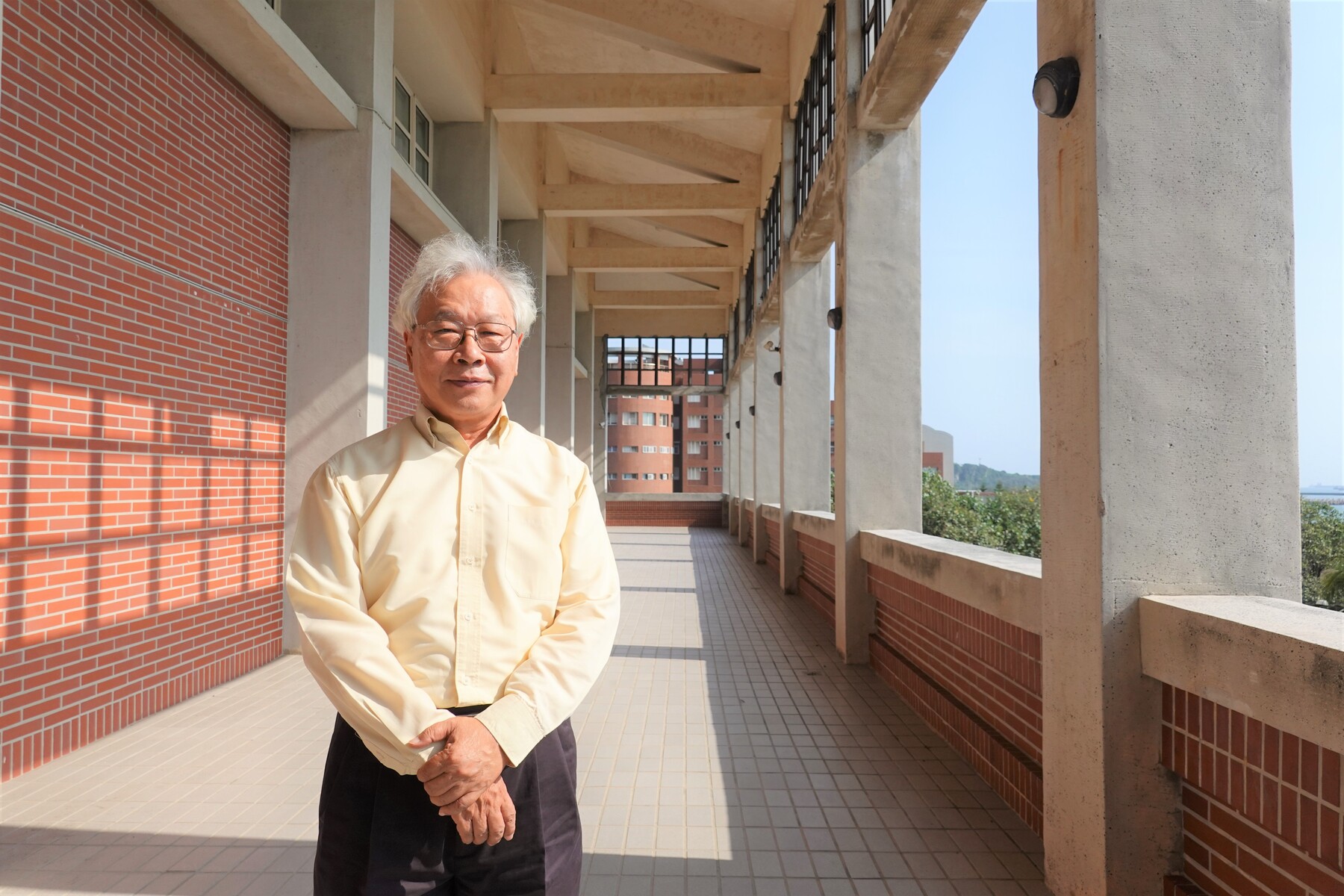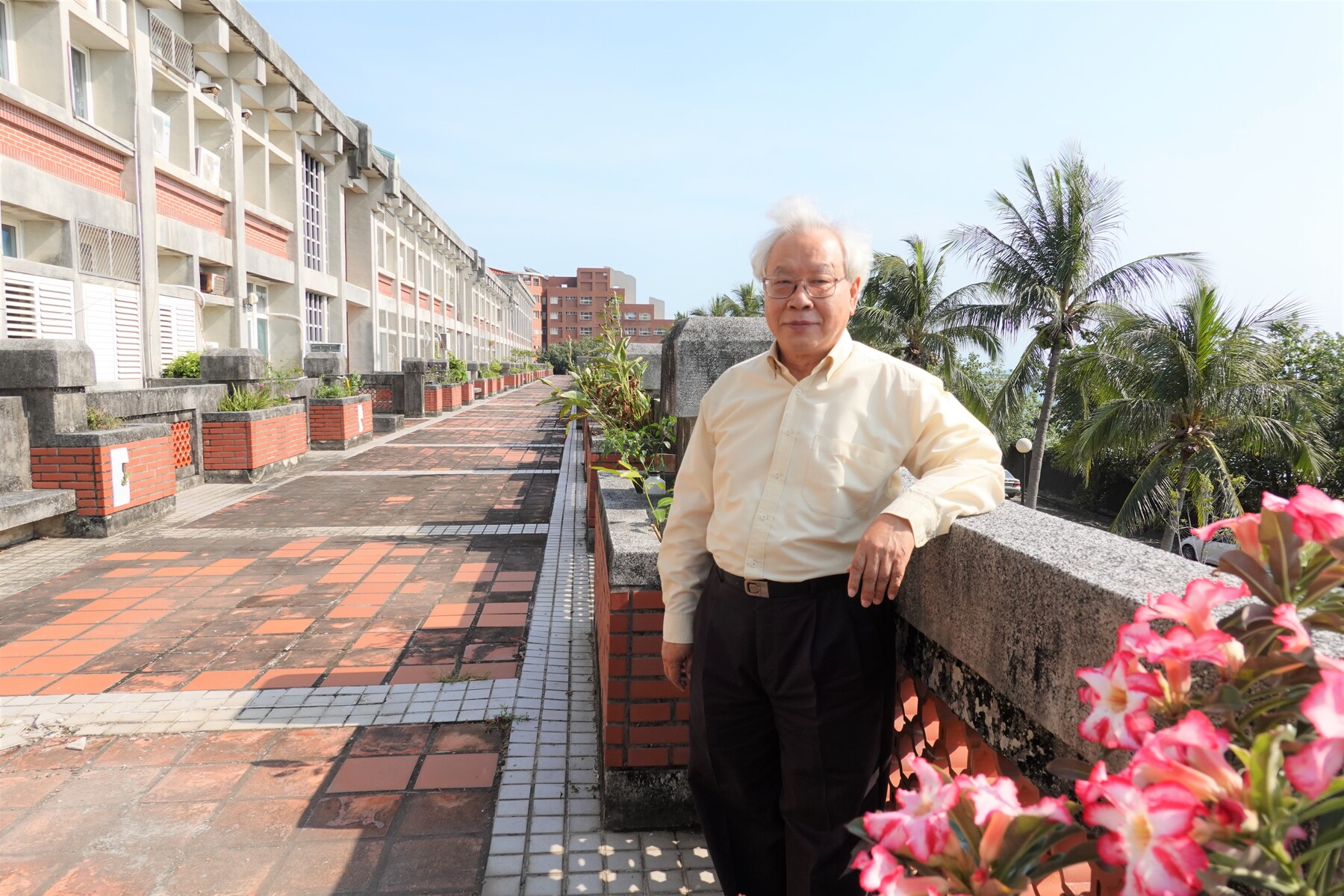NSYSU’s research found that the Kuroshio transports of the radiocesium released after the US and USSR atomic bomb tests were a thousand times higher than that now released from the Fukushima accident area


Dr. Chen-Tung Arthur Chen, the chair research professor of the Department of Oceanology at National Sun Yat-Sen University, was recently awarded as a Fellow of the American Geophysical Union, the first person in the field of oceanography in Taiwan. His latest research found that the Kuroshio deep water transports a large amount of radiocesium 137 (Cs-137) left over from the atomic bomb tests of the United States and USSR 60 years ago. The content is far more than 1,000 times released from the Fukushima Nuclear Power Plant area annually in 2016-2018. The radiocesium in seawater at 200-400 m in depth upwells further, reaches the surface layer northeast of Taiwan, and may be absorbed by shrimps, crabs, and algae, which may be affected if eaten by humans. This unprecedented discovery was published in the world's leading journal, "Marine Pollution Bulletin".
On March 11, 2011, the Fukushima Nuclear Power Plant accident in Japan released a tremendous amount of radioactive material cesium into adjacent seawater. Dr. Chen-Tung Arthur Chen formed a research team with the Taiwan Ocean Research institute of National Applied Research Laboratories, National Taiwan University, National Taiwan Ocean University, and the Radiation Monitoring Center of the Atomic Energy Council of the Executive Yuan. Since 2018, they have been sampling and investigating Cs-134, and Cs-137 and their transport in the waters around Taiwan.
"This is a new discovery that has never been known before," Dr. Chen-Tung Arthur Chen pointed out that the Kuroshio displays a core of high Cs-137 flux, or a radiocesium stream, at approximately 200-400 m in depth, and transports 1,000 times more radiocesium towards Japan than those discharged at Fukushima in 2016-2018. He said that both the Fukushima accident and atomic bomb tests will produce radioactive materials Cs-134 and Cs-137. The short-lived Cs-134 has been undetectable, while the longer-lived Cs-137, with a half-life of about 30.2 years, is far lower than the benchmark value recorded by the Atomic Energy Council and does not cause harm to the human body.
However, the team speculates that the northeastern waters of Taiwan are an important marine upwelling area, where ocean deep water will upwell to the surface layer of the East China Sea, and Cs-137 may rise from the ocean depths to a surface depth of about 20 meters. After being absorbed by algae and marine organisms, they are then eaten by humans in marine fisheries such as aquaculture and fishing, which may affect humans.
The research team further investigated its source and found that a large amount of Cs-137 transported by the Kuroshio did not come from the Fukushima Nuclear Power Plant accident in Japan more than 10 years ago but mostly from the long-forgotten history of intensive atomic bomb tests of the United States and USSR 60 years ago between 1958 and 1962. Dr. Chen-Tung Arthur Chen explained that after the Fukushima accident, the released Cs-134 and Cs-137 were transported into the Pacific Ocean from the atmosphere and land through atmospheric circulation for many years. Most flowed eastward to the United States along with the ocean current. Some entered the Kuroshio through the seawater circulation of the Northwest Pacific Ocean to reach Taiwan and then flowed northward along the east coast of Taiwan back to Japan. This process continues to this day. He emphasized that although the substances released by the Fukushima accident do flow to the adjacent seawater of Taiwan, the cesium observed around Taiwan is not necessarily all Fukushima-released, and most of them are residual substances from past atomic bomb tests.
In addition, in response to Japan’s plan to discharge tritium-containing wastewater from Fukushima next spring, Dr. Chen-Tung Arthur Chen also pointed out that during the atomic bomb tests, the atomic bomb will release Cs-137, and the hydrogen bomb will release tritium. The tritium measured near Taiwan may also be left over from past nuclear bomb tests. The American Geophysical Union, established in 1962, has 130,000 members in 2022, and 54 Fellows were awarded this year. Only 5 people from Taiwan have been awarded as a Fellow over the years. In the field of oceanography, Dr. Chen-Tung Arthur Chen is the only one in Taiwan.
Journal article online link:
https://www.sciencedirect.com/science/article/pii/S0025326X22007081?via%3Dihub
